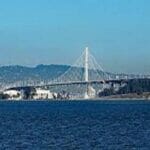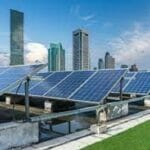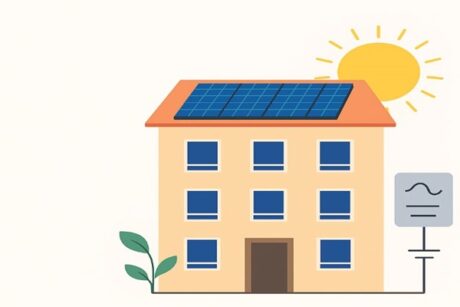- Course No E – 1787
- PDH Units: 6
No data found for Custom Course Number
No data found for Custom Course Units
- Course No E – 1787
- PDH Units: 6
Intended Audience: property owners, engineers, architects, designers, maintenance contractors and facilities personnel responsible for building services and infrastructure.
PDH UNITS: 6
Heating water is typically the second largest use of energy in residential and commercial buildings (after space heating and cooling). Despite its resource intensity, the hot water delivery system is seldom an area of significant focus when constructing a building. As a result, many buildings today are built with poor performing, inefficient hot water delivery systems that take minutes to deliver hot water to the point of use and waste large amounts of energy and water in the process. How quickly and efficiently a hot water system can deliver to the point of use require focus on three areas:
- Generation: Heaters shall be sized for meeting both the daily requirements and for the hourly peak loads of the occupants of the building. Hot water can temporarily run out if the design is inadequate and will have higher energy costs if the system is oversized.
- Distribution: Once heated, the hot water must be delivered to the intended point of use. The factors influencing the distribution efficiency include length of piping between the water heater and a given fixture, continuous recirculation controls, and materials and insulation effectiveness.
- Use: Hot water is used by a variety of fixtures and appliances (faucets, showerheads, clothes washers, and dishwashers). Using efficient products such labeled faucets and showerheads that function at lower flow rates will increase the efficiency of the system. This 6 -hour course provides a brief overview of and potential design considerations for hot water plumbing systems for residential and commercial buildings.
Learning Objectives
Upon completion of the course, the student should understand:- Estimate the hot water demands based on theory of probability, fixture types and number of occupants;
- Understand the hot water generation techniques, type of fuels and heaters;
- Explain three primary factors influencing the heater selection: 1) capacity and frequency of use, 2) heater performance and 3) operating costs;
- Determine the appropriate sizing of storage water heaters and compare the use of terms - first heat recovery, storage capacity and recovery rate;
- Explain the components of centralized hot water system, direct and indirect heating systems;
- Explain the basics of hot water distribution in domestic and commercial installations and its relation to water and energy efficiency;
- Understand the application of various types of water supply configurations - an upfeed system, a downfeed system, or some combination thereof;
- Understand the difference between the direct and reverse return piping configurations;
- Compare and contrast the different control options for designing a continuous recirculation hot distribution system and the impact of such choices on water and energy sustainability;
- Size the hot water circulator and the piping diameters on velocity and pressure drop criteria;
- Understand the different techniques and options for hot water mixing control;
- Learn the facts, formulas and good engineering practices pertaining to energy efficiency and safety.
Once completed, your order and certificate of completion will be available in your profile when you’re logged in to the site.
Ethics Courses

E – 1771 Climate Change: Facts & Solutions; An Ethical Challenge For Engineers and Architectsby Professor Roger Messenger, Ph.D., P.E.

E – 1775 “Conflict of Interests” Corrupts Engineering and Endangers Public Safety- The Case of the New SAS Bay Bridgeby Dr. Abolhassan Astaneh-Asl, Professor Emeritus. Ph.D., PE










